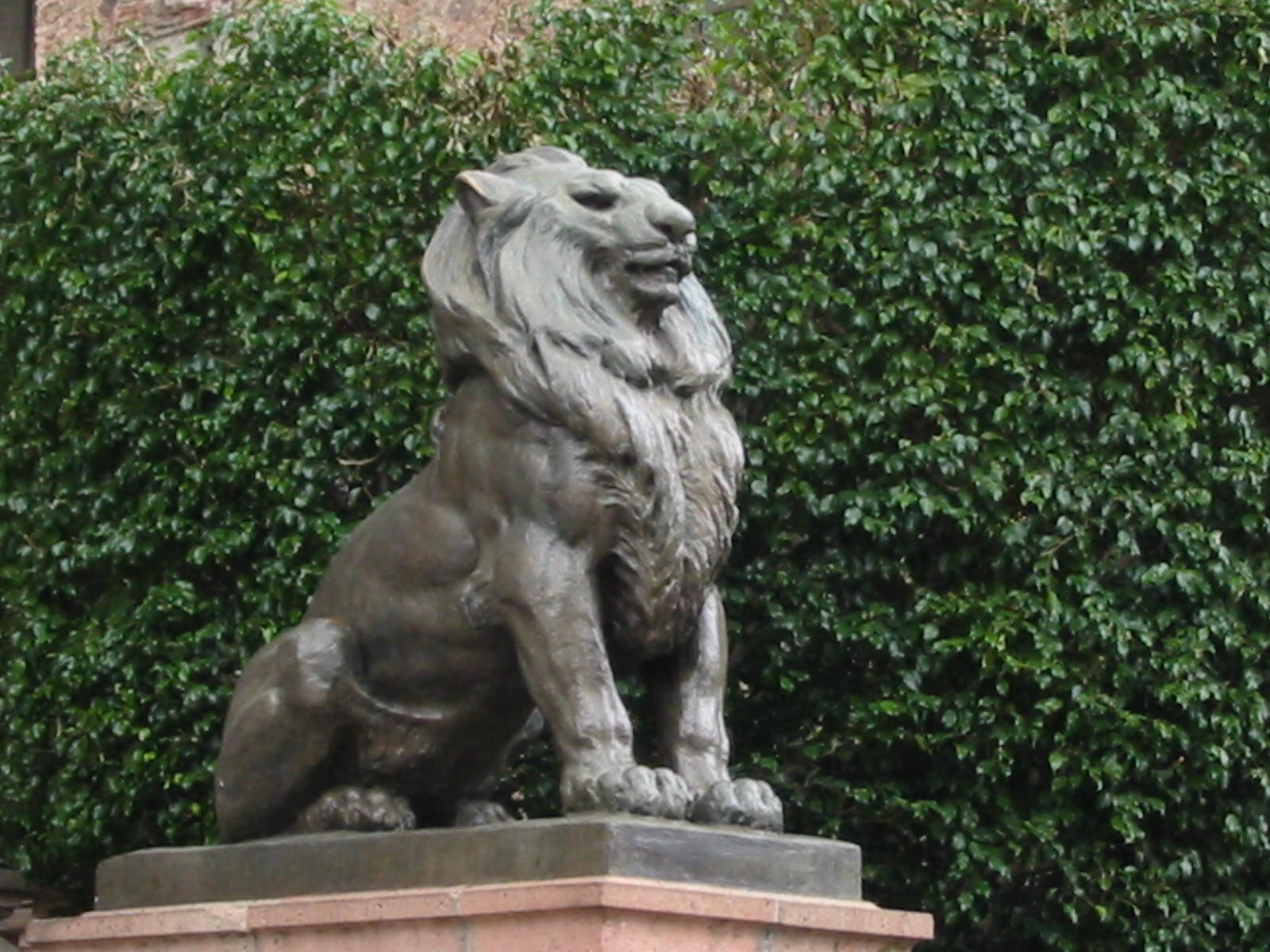Teatro Juárez on:
[Wikipedia]
[Google]
[Amazon]
The Teatro Juárez is a historical 19th century theater located in the Mexican city of
 The theater is a notable example of Mexican Neoclassical architecture from the nineteenth century, but also presents eclectic elements such as the classic Doric columns and the Oriental style of the interior design. The entrance features several lampposts in front of a staircase and flanked by two bronze statues of lions by sculptor
The theater is a notable example of Mexican Neoclassical architecture from the nineteenth century, but also presents eclectic elements such as the classic Doric columns and the Oriental style of the interior design. The entrance features several lampposts in front of a staircase and flanked by two bronze statues of lions by sculptor
Guanajuato
Guanajuato, officially the Free and Sovereign State of Guanajuato, is one of the 32 states that make up the Political divisions of Mexico, Federal Entities of Mexico. It is divided into Municipalities of Guanajuato, 46 municipalities and its cap ...
. It was built from 1872 to 1903 from a design by architect José Noriega and by order of General Florencio Antillón. The building was completed by architect Antonio Rivas Mercado
Antonio Rivas Mercado (26 February 1853 – 3 January 1927) was a Mexican architect, engineer and restorer. He is considered the preeminent Mexican architect of the late 19th century and early 20th century. His most famous project was the desig ...
and engineer Alberto Malo, who implemented refurbishments that significantly changed the exterior and interior aspect.
The peak of its popularity was towards the end of the 19th century until the start of the Mexican Revolution, being an important center of artistic activity where the most famous artist of the time appeared.
The Teatro Juárez has been the main venue of the Festival Internacional Cervantino
The Festival Internacional Cervantino (FIC), popularly known as ''El Cervantino'', is a festival which takes place each fall in the city of Guanajuato, located in central Mexico. The festival originates from the mid 20th century, when short pla ...
since 1972.
History
The Teatro Juarez was built on lands formerly occupied by the Emporio Hotel, demolished in 1872, and before that by the San Diego de Alcalá convent of theDiscalced
A discalced (/dɪsˈkælst/, ''dis-KALST'') religious order is one whose members go barefoot or wear sandals. These orders are often distinguished on this account from other branches of the same order. The custom of going unshod was introduced int ...
Franciscan monks, demolished in 1861. Construction of the theater started in 1873.
The original design of the portico by architect José María Noriega was later modified by Antonio Rivas Mercado.
It was inaugurated on October 27, 1903, by president Porfirio Díaz
José de la Cruz Porfirio Díaz Mori (; ; 15 September 1830 – 2 July 1915) was a General (Mexico), Mexican general and politician who was the dictator of Mexico from 1876 until Mexican Revolution, his overthrow in 1911 seizing power in a Plan ...
. The opening performance was Verdi's ''Aída
''Aída'' is a Spanish sitcom that aired on Telecinco from 16 January 2005 to 8 June 2014. Set in Madrid, it is a Spin-off (media), spin off of the sitcom ''7 Vidas'', on which Aída was a recurring character. It was produced by Globomedia.
The ...
'', presented by the company of Italian impresario Ettore Drog, and directed by Giorgio Polacco and Napoleón Sieni.
Architecture
Jesús Fructuoso Contreras
Jesús Fructuoso Contreras Chávez (January 20, 1866 – July 13, 1902) was a Mexican sculptor. He has been called the most "representative sculptor of late 19th century Mexico".
Biography
Jesús Fructuoso Contreras was born in Aguascalientes ...
.
Bronze statues of the classical muses
In ancient Greek religion and Greek mythology, mythology, the Muses (, ) were the Artistic inspiration, inspirational goddesses of literature, science, and the arts. They were considered the source of the knowledge embodied in the poetry, lyric p ...
are installed on the roof above the entrance. The statues are 3.5m high and were ordered from Ohio. Due to a long delay in delivery, it was decided to install only eight of the nine muses, although the missing one, Erato, might be represented in Urania's globe.
Performances and events
In October 1999 the world premiere of the final version of the opera '' The Visitors'' byCarlos Chávez
Carlos Antonio de Padua Chávez y Ramírez (13 June 1899 – 2 August 1978) was a Mexican composer, conducting, conductor, music theorist, educator, journalist, and founder and director of the Mexican Symphonic Orchestra. He was influence ...
took place in the Teatro Juárez during the Festival Cervantino. Conducted by José Areán with stage direction by Sergio Vela
Sergio Vela (born June 27, 1964, in Mexico City) is a Mexico, Mexican-United States, American opera director, designer, radio and television host, musician, lawyer and academician.
Education
He studied piano with Héctor Rojas, singing with Maria ...
, the opera was performed with its original English libretto and its final title.
See also
*List of buildings in Guanajuato City
A list is a set of discrete items of information collected and set forth in some format for utility, entertainment, or other purposes. A list may be memorialized in any number of ways, including existing only in the mind of the list-maker, but ...
References
{{Authority control Buildings and structures in Guanajuato Theatres in Mexico Opera houses in Mexico 1903 establishments Guanajuato (city)